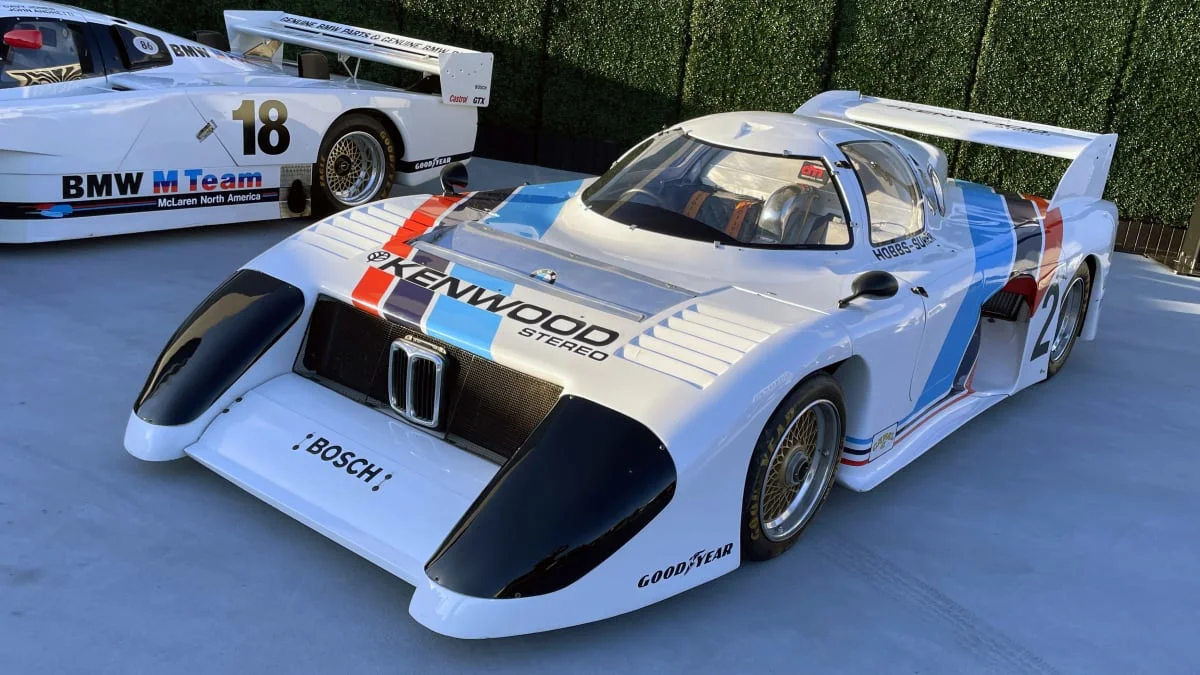"..."

Ultimately for traction vehicles using the wheels for regen is the most effective. If some cars were propeller/fan impelled than it could be a different case.
"..."

I knew someone was gonna mention thisvorticism wrote: ↑26 Jun 2023, 16:35"..."
https://i.ytimg.com/vi/qmZtOm3Qb4A/hqdefault.jpg
Ultimately for traction vehicles using the wheels for regen is the most effective. If some cars were propeller/fan impelled than it could be a different case.
Energy management is almost the biggest part of planning and executing the descent / approach profile. Approaches (top of descent) will often start somewhere around 100miles from the airport. There's a lot of energy to get rid of in those few miles.Vanja #66 wrote: ↑27 Jun 2023, 10:00I knew someone was gonna mention thisvorticism wrote: ↑26 Jun 2023, 16:35"..."
https://i.ytimg.com/vi/qmZtOm3Qb4A/hqdefault.jpg
Ultimately for traction vehicles using the wheels for regen is the most effective. If some cars were propeller/fan impelled than it could be a different case.
Aircraft are flying quite high for lower air density, which in turn reduces drag and fuel burn. So when they are descending, they start from up to 10km and with large and heavy aircraft that's a lot of potential energy.
Road vehicles can have what, up to 100m of descent in total on a typical commute? That's not really enough to install a small wind turbine, when you already have wheel regen
Can confirm. A heavy aircraft is harder to get down than a light one. Well, airliners at least.Just_a_fan wrote: ↑27 Jun 2023, 22:21Energy management is almost the biggest part of planning and executing the descent / approach profile. Approaches (top of descent) will often start somewhere around 100miles from the airport. There's a lot of energy to get rid of in those few miles.Vanja #66 wrote: ↑27 Jun 2023, 10:00I knew someone was gonna mention thisvorticism wrote: ↑26 Jun 2023, 16:35"..."
https://i.ytimg.com/vi/qmZtOm3Qb4A/hqdefault.jpg
Ultimately for traction vehicles using the wheels for regen is the most effective. If some cars were propeller/fan impelled than it could be a different case.
Aircraft are flying quite high for lower air density, which in turn reduces drag and fuel burn. So when they are descending, they start from up to 10km and with large and heavy aircraft that's a lot of potential energy.
Road vehicles can have what, up to 100m of descent in total on a typical commute? That's not really enough to install a small wind turbine, when you already have wheel regen
How would the aircraft store that energy? Batteries? With the weight, you probably don't come out ahead.


That car is pretty wild and a lot of fun to watch! Here’s a great video on it that I saw recently.scuderiabrandon wrote: ↑07 Jul 2023, 01:46https://ibb.co/9Zx7V1Y https://ibb.co/V3bz1bv https://ibb.co/X4VDXJz https://ibb.co/NpsnyN2
Scribante Racing GT-R. Aero package designed by Dr. Sammy Diasinos, (DAS) Dynamic Aero Solutions. It lacked front downforce and the short term solution was to adapt a modified rear wing on the front. It sorta bacame a trademark and I believe it still runs it today.


 .
.Air intakes for the turbos out in the air to assist cooling the charge air, or just no more room underneath.